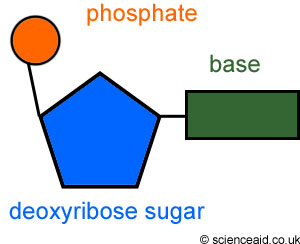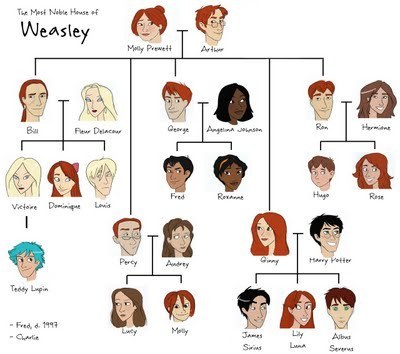On Friday we built a strand of DNA as a class and touched on some very BIG ideas about DNA.
Here's what we took away from that class:
* A reminder that DNA is double stranded helix
* DNA is made up of small units called nucleotides. Each nucleotide has three pieces.

* There are four different bases, or letters that make up DNA. These are A (Adenine), T (Thymine), C (Cytosine) and G (Guanine).
* Just like when you build a puzzle, certain pieces fit together, the small pieces of DNA (nucleotides) can only fit together in certain ways. A pairs with T and C pairs with G.

* Every three letters on a strand of DNA = 1 codon.

* 1 codon = 1 amino acid and many amino acids put together = a protein. Just like one bead from a necklace isn't very unique, when beads are put together in a certain order, they can make something very special.
* Genes are segments of DNA that code for proteins. Our DNA is the blue print of life and the instructions in our genes, make us who we are.
And now you've read all of that,
it's time for your homework:
On Monday we will be starting a week long lab on DNA extraction from Strawberries. Your job is to make a list of at least ten genes that a strawberry has. For example, if you needed to list genes that a fish has, you might say, "a gene for gills, a gene for scales etc." You might be thinking, "Make a list of ten genes?! That's impossible!" First, it's not impossible. It turns out there are 33,294 genes in a strawberry, so simply think about what a strawberry is made of, what does it look like, what does it grow on/where does it grow.
 Click the picture to link to the website we used to watch two short video clips and take a quiz on "nature vs. nurture."
Click the picture to link to the website we used to watch two short video clips and take a quiz on "nature vs. nurture."





